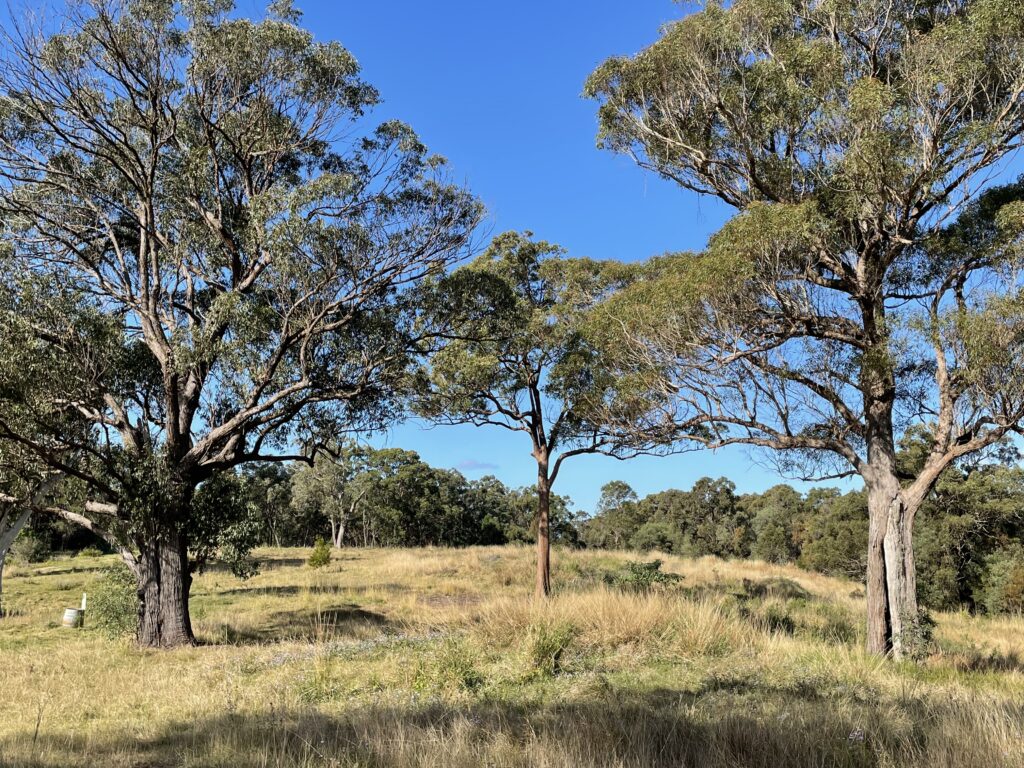“No Old People”
Ideally, if time allows, the following excerpt needs to be read slowly and meditatively. It is a reflection on time and our existence on this earth.
“There is no time. What is memory?”
This intriguing and beautiful question is inscribed on a temple arch in Hong Kong. It compassionately challenges our conventional view of time which moves forward through youth, ageing and death. It invites us to experience time in a way that is unfamiliar but which is no less true.
From this viewpoint our past can only exist embodied in some way in the present – such as a memory recalled to mind, or an entry in a diary, a picture in a family photo album.
Similarly, the future can only exist as it is imagined in the present. In this sense there is only the present.
And so, we are neither young nor old and we are not growing older either; we are just who we are now. In this sense, in a room of old age pensioners, there are no old people.
This mode of experiencing who we are can be very liberating if it is taken deeply to heart. This suchness of our situation has been distilled in music, poetry, and art.
However, the present resembles Euclid’s definition of a line: it has no thickness. (And, in terms of conventional, relative truth it is an endlessly moving line.). So not only do we have no past or future, we have no present either!
Similarly, we are accustomed to experiencing our embodiment in certain conventional ways – like as a reflection in a mirror. But a biologist, a chemist or a physicist would have very different representations of a human body. Not only does our self have no time; there is no substantiality about it either. So, what is this mystery?
And yet it is no less true that we set our alarm clock to wake us in the morning, and that we then have to get this body out of bed.
So, from another aspect, there is time, there is substance. And yet they are “empty” of time and substance.
This paradox is sometimes called in Buddhism the doctrine of the two truths. It cannot be understood by any amount of thinking about it.
We can only experience with our ”don’t know” mind, what it is to live timelessly in time, and to be old and yet neither-old-nor-young.
We can live beyond life-and-death, and yet still age and die. As the Heart Sutra says: “…No withering nor death, nor end of them…”
In such life-and-death we truly are at home – or whatever you wish to call it: the Tao, the Universe, the Buddha Mind.
Life and death have been likened to a great waterfall. For a brief moment the water of the river is flung out in isolated droplets, drawn down and down by the pull of gravity. Finally with a crash they come together to form the great river again.
Is it not strangely arrogant and irrational for us “to rage against the fading of the light”, against our ageing and death, when everything else blooms, fades and dies?
Why do we distress ourselves with this futile lawsuit against how it is, when it is within our power to drop this illusion that we are somehow not part of a perpetually changing reality?
Here, in the ageing of this embodied self and the prospect of death, when evasion has become so difficult, we are confronted with the great opportunity finally to fulfil our human potential.
William Blake has expressed it thus:
Man was made for joy and woe;
And when this we rightly know
Through the world we safely go.
Joy and woe are woven fine,
A clothing for the soul divine.
Under every grief and pine
Runs a joy with silken twine.
Source: Based on excerpt taken from Jones, Ken. Ageing: The Great Adventure (A Buddhist Guide). Published by The Buddhist Hospice Trust.
https://buddhisthospice.org.uk/books/
This 32-page pamphlet by Ken Jones shows how to make a work of art of ageing and dying, as the greatest adventure of our lives. It also draws attention to the snares and delusions, and has some controversial and down-to-earth things to say about dying. It ends with a celebration of old age. Although written from a Buddhist standpoint, it aims to be accessible and helpful to people of all spiritual beliefs and none.

In meditation, see through the illusion of past, present, and future.
The past is but a present memory or condition, the future a present projection, and the present itself vanishes before it can be grasped.
(Chögyam Trungpa and Rigdzin Shikpo. “The Way of Maha Ati” in Chögyam Trungpa, The Collected Works of Chögyam Trungpa.) [Photo credit: Eva Peck]
